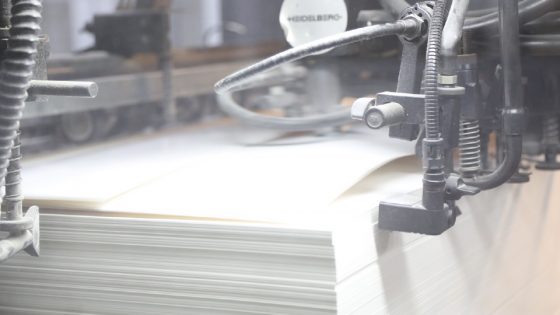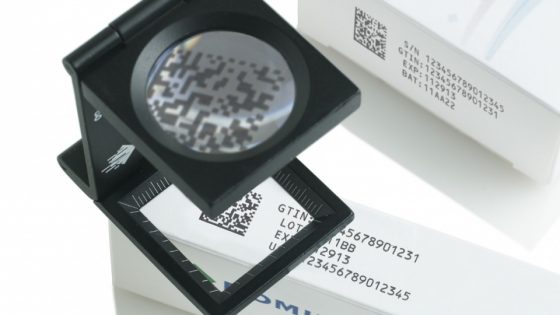Commercial printing has undergone a profound transformation in the past decade. Driven by the rapid advancements in technology, changing consumer preferences, and the need for environmentally sustainable solutions, marketers have adapted their strategies and turned to innovative printing methods. Here we delve into the primary shifts that have influenced the commercial printing landscape and how marketers have harnessed these changes, based on input from delegates and suppliers at the Digital Marketing Solutions Summit…
- Digital Printing Boom: At the turn of the decade, traditional offset printing dominated the market. However, the rise of digital printing technology has allowed for quicker turnarounds, short-run prints, and personalised marketing materials. This shift means that marketers can now tailor their print campaigns to specific audiences, enhancing engagement and return on investment.
- Sustainability and Eco-friendly Materials: Environmental concerns have gained significant traction over the decade. Marketers, recognising the increasing consumer demand for sustainable practices, have pivoted towards eco-friendly printing solutions. The use of soy-based inks, recycled paper, and energy-efficient printers reflects a broader commitment to reducing the carbon footprint and waste in the industry.
- Integration with Augmented Reality (AR): One of the most groundbreaking developments has been the incorporation of AR into printed marketing materials. By scanning printed visuals with smartphones or tablets, consumers can access additional digital content, creating an interactive and immersive brand experience. This integration bridges the gap between traditional print and digital media, offering marketers an innovative way to engage their audience.
- Variable Data Printing (VDP): The desire for personalisation has driven the adoption of VDP. This technique allows marketers to alter text, graphics, and images from one printed piece to the next without slowing down the printing process. As a result, campaigns can be hyper-targeted, with materials tailored to individual consumer profiles, enhancing their relevance and impact.
- 3D Printing: While not widespread in every marketing campaign, 3D printing has provided a new avenue for product prototyping, promotional goods, and even unique event invitations. Its ability to bring concepts to tangible life has given marketers a novel tool for brand promotion.
- On-demand Printing: With the rise of e-commerce and the need for just-in-time production, on-demand printing has become increasingly prevalent. Rather than bulk printing and storing vast quantities of marketing materials, companies can now print exactly what they need, when they need it, reducing storage costs and waste.
- Flexibility with Finishes and Textures: Advancements in printing technology have enabled a wider array of finishes and textures. From spot UV varnishing to metallic inks, marketers can create tactile experiences, adding a layer of luxury and distinction to their printed materials.
The past decade has witnessed a confluence of technological, environmental, and consumer-driven shifts in the commercial printing domain. Marketers have adeptly leveraged these changes, creating more impactful, sustainable, and personalised campaigns. As the boundaries between digital and print continue to blur, the future promises even more exciting innovations for the world of commercial printing.
Are you looking for printing solutions for your business? The Digital Marketing Solutions Summit can help!
Photo by Mika Baumeister on Unsplash




